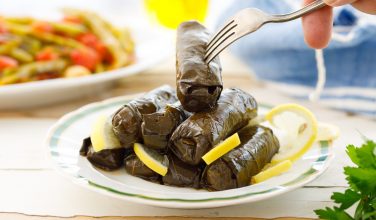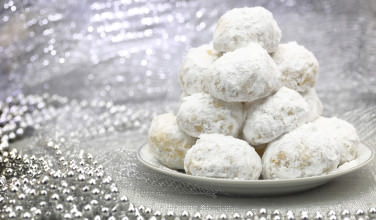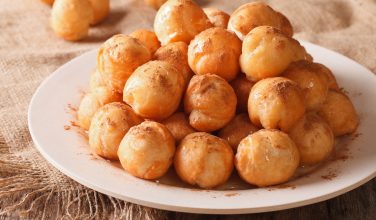Paximathia is a Traditional Greek Cookie
Comments Off on Paximathia is a Traditional Greek Cookie
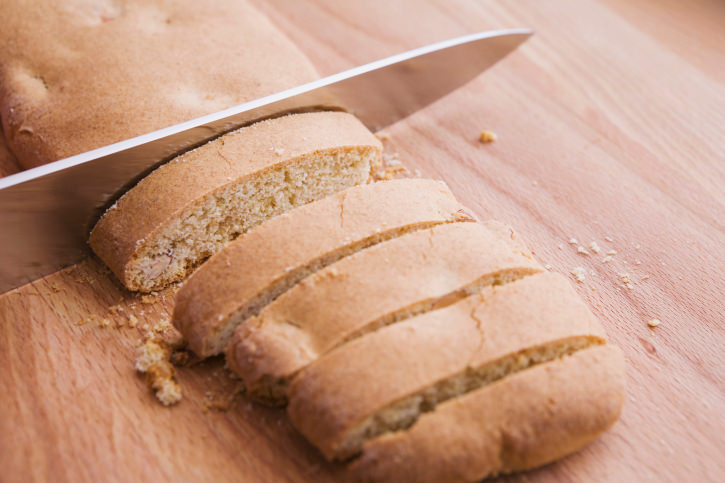 Paximathia, a Greek cookie that is similar to the Italian biscotti, is not only delicious, but it’s also a big part of Greek traditional life. In fact, this tradition dates all the way back to Ancient Greece when a man by the name of Paximos officially invented toast. He made the observation that toasted bread is much slower to develop mold and lasted longer. Today’s paximathia cookie developed from that ancient tradition. The cookies are essentially baked until they’re completely dry, like toast. Here’s more information:
Paximathia, a Greek cookie that is similar to the Italian biscotti, is not only delicious, but it’s also a big part of Greek traditional life. In fact, this tradition dates all the way back to Ancient Greece when a man by the name of Paximos officially invented toast. He made the observation that toasted bread is much slower to develop mold and lasted longer. Today’s paximathia cookie developed from that ancient tradition. The cookies are essentially baked until they’re completely dry, like toast. Here’s more information:
What is Paximathia?
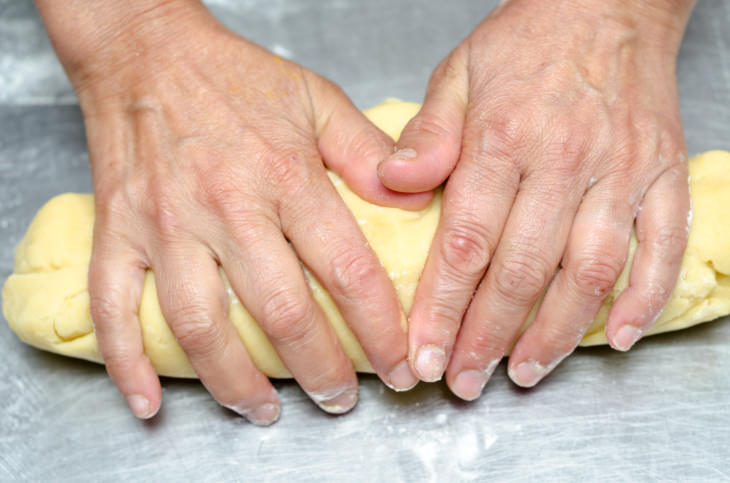 Today’s version of paximathia is very similar to Italian biscotti because like the Italian cookie, the Greek one is baked twice in the oven until it’s the texture of crunchy toast. Mixing butter, sugar, eggs, flavoring, and flour until the texture is soft but not sticky, is usually how the cookie batter is made. If you the batter is sticky, mix in flour by tablespoon amounts with your hand until the desired texture is achieved. Flavoring can differ from recipe to recipe. Vanilla extract, orange peel, almond extract, brandy, and even ouzo are possibilities.
Today’s version of paximathia is very similar to Italian biscotti because like the Italian cookie, the Greek one is baked twice in the oven until it’s the texture of crunchy toast. Mixing butter, sugar, eggs, flavoring, and flour until the texture is soft but not sticky, is usually how the cookie batter is made. If you the batter is sticky, mix in flour by tablespoon amounts with your hand until the desired texture is achieved. Flavoring can differ from recipe to recipe. Vanilla extract, orange peel, almond extract, brandy, and even ouzo are possibilities.
Once the cookie batter is mixed, it’s formed into small, flat loaf shapes. It’s then baked in the oven at 350 Degrees Fahrenheit for about thirty minutes. The cookies are removed from the oven, sliced, and baked again for another hour at a low temperature, usually at 200 Degrees Fahrenheit for an hour or more. The goal is for the cookie not only to be baked all the way through, but for it to get really dry and crispy.
Do Other Versions Exist?
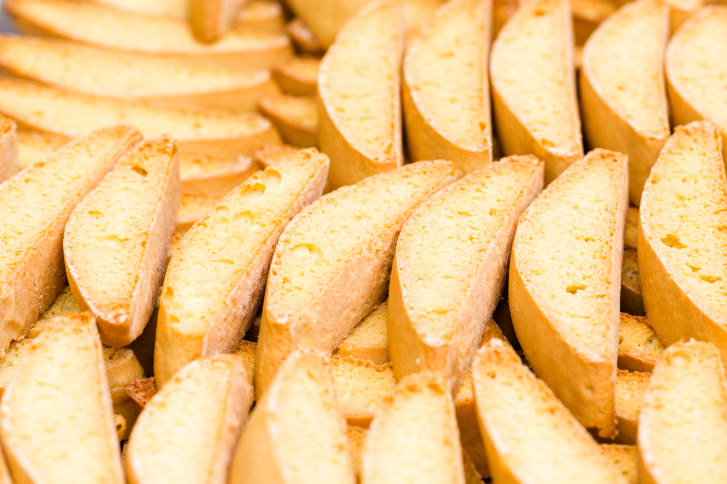 As it turns out, there’s more than one way to make paximathia. Making it like a cookie is just one technique. Here are some other variations:
As it turns out, there’s more than one way to make paximathia. Making it like a cookie is just one technique. Here are some other variations:
- For a more traditional cookie, use olive oil instead of butter.
- Paximathia me Portokali uses plenty of orange juice to give it a sweet, orangey tang.
- Sometimes, Greek cooks make paximathia out of the dough that is traditionally used to make Tsoureki.
- In addition to liquid flavoring agents, spices such as cinnamon and anise seed are often used to flavor the batter.
- Nuts, such as almonds, pistachios, or walnuts are often worked into the batter. The nuts can either be ground into a fine powder or let in larger pieces.
Once you get the hang of making the batter, you can easily make ingredient substitutions according to your own personal tastes. The key is to know that the dough should be soft and moist without being sticky – much like how the dough feels when making kourabiedes.
What Traditions Surround Paximathia?
Even though Greeks do enjoy paximathia throughout the year, especially when served with coffee, there is one major tradition that surrounds it. It’s the principal dessert to be served at a mercy meal after a funeral. Because of its lower sugar content and dry texture, it’s regarded as perfectly appropriate for more somber occasions. Sweet desserts, such as baklava, or celebratory foods like kourabedies, which are typically served at weddings and other happy occasions, aren’t suitable for funerals.
Categorized in: Greek Cooking
This post was written by Greek Boston
Share this Greek Cooking Article:


